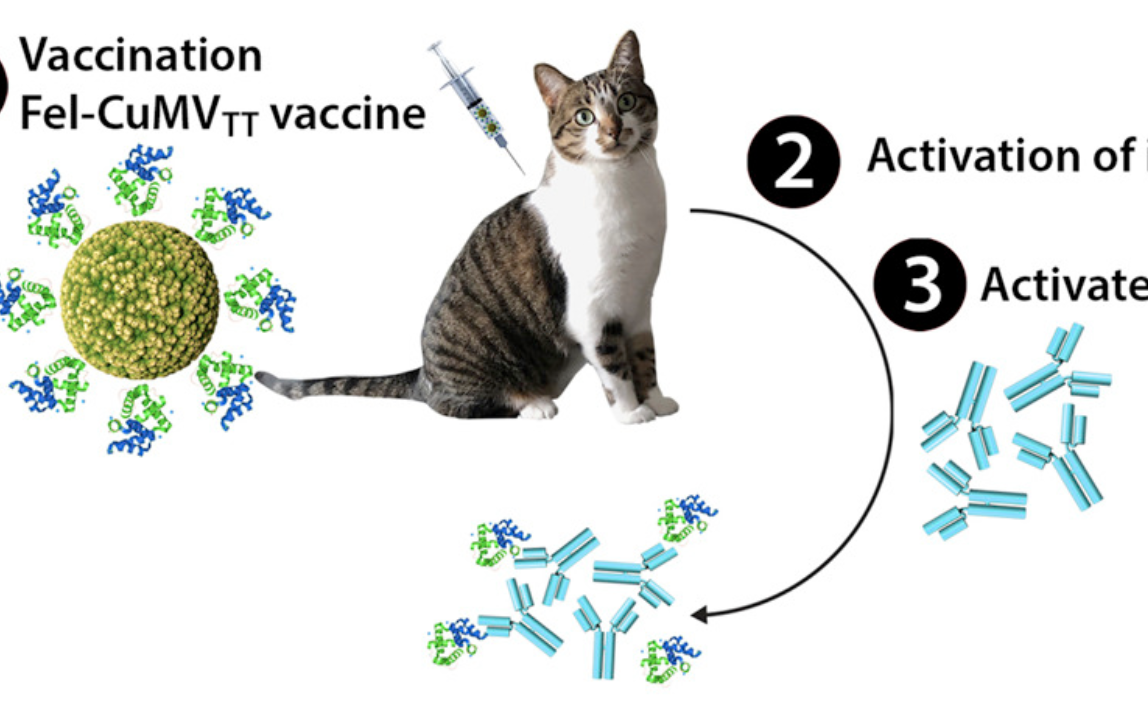Key features and details | |
Cat. No. | MABL-049 |
Name | Anti-Tau mAbs [PC1C6](MABL-049) |
Clone No. | AFD-PC1C6 |
From | Recombinant Antibody |
Isotype | Engineer antibody |
Application | WB, IHC |
Species Reactivity | Bovine, Rat, Human |
Basic Information | |
Specificity | This antibody was generated against purified denatured bovine microtubule associated proteins (MAPs) and recognizes human, rat, and bovine Tau1. Tau protein is a highly soluble microtubule- associated protein. In humans, these proteins are mostly found in neurons compared to non-neuronal cells. One of tau's main functions is to modulate the stability of axonal microtubules. The protein interacts with tubulin to stabilize microtubules and promote tubulin assembly into microtubules. When tau proteins are defective, and no longer stabilize microtubules properly, they can result in dementias such as Alzheimer's disease. |
Alternative Name | TAU; microtubule associated protein tau; Tau proteins; G protein beta1/gamma2 subunit-interacting factor 1; MAPT; Microtubule-associated protein tau; MTBT1; Neurofibrillary tangle protein; Paired helical filament-tau; PHF-tau; Tau microtubule-associated protein; Tau1; Tau-1; Tau 1 |
UniProt | P10636 |
Immunogen | This antibody was raised by immunising BALB/c mouse with purified denatured bovine microtubule associated proteins. |
Application Notes | In the original study, this antibody was used in immunoblot assays and competitive ELISA to show that tau was more abundant in bovine white matter extracts and microtubules than in extracts and microtubules from an enriched gray matter region of the brain (Binder et al., 1985). Example of functional studies in which this antibody could be utilised include those conducted by Kosik et al. (PNAS 1986) to confirm that tau is a major antigenic component of paired helical filaments in Alzheimer disease, by Bramblett et al. (Neuron 1993) to demonstrate that abnormal tau phosphorylation at Ser396 in Alzheimer's disease recapitulates development and contributes to reduced microtubule binding, by Stamer et al. (J Cell Biol. 2002) to suggests a linkage between tau and amyloid precursor protein (APP) trafficking, and by Strang et al. (JBC 2018) to provide novel insights in the molecular mechanisms of tau aggregation. |
Antibody First Published | Binder et al. The distribution of Tau in mammalian central nervous system. J Cell Biol. 101(4):1371-8 (1985). PMID:3930508 |
Note on publication | Describes the original generation of this antibody and its subsequent applications to study the distribution of tau in the mammalian central nervous system. |
COA Information (For reference only, actual COA shall prevail) | |
Size | 100 μg Purified antibody. |
Concentration | 1 mg/ml. |
Purification | Protein A affinity purified |
Buffer | PBS with 0.02% Proclin 300. |
Concentration | 1 mg/ml. |
Storage Recommendation | Store at 4⁰C for up to 3 months. For longer storage, aliquot and store at - 20⁰C. |






